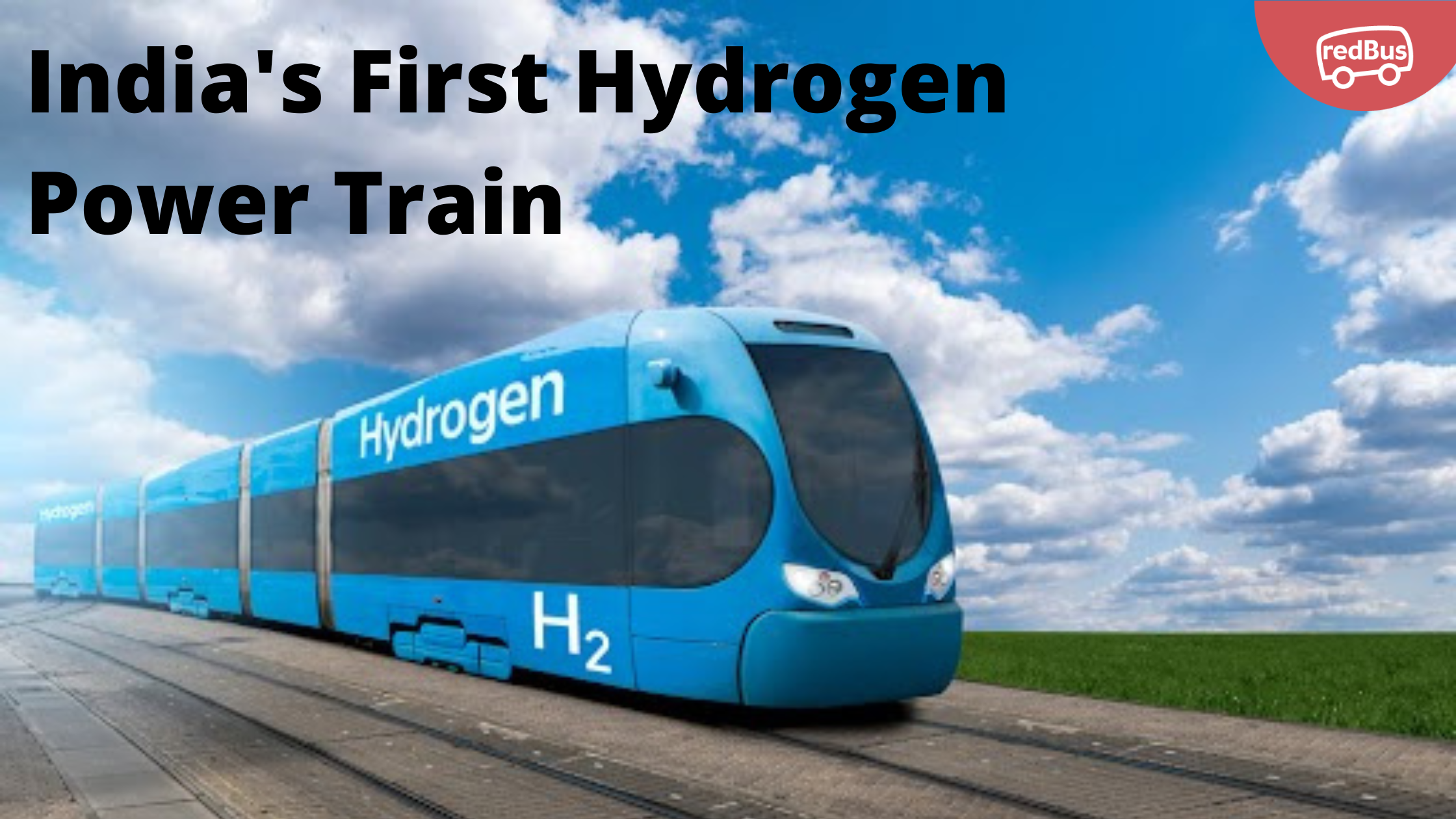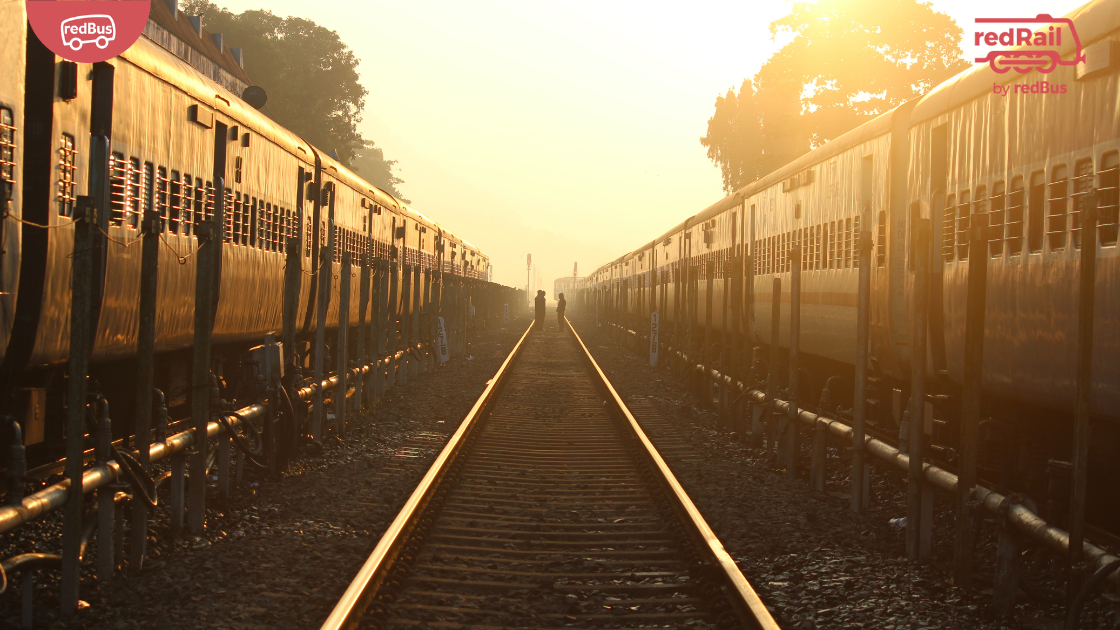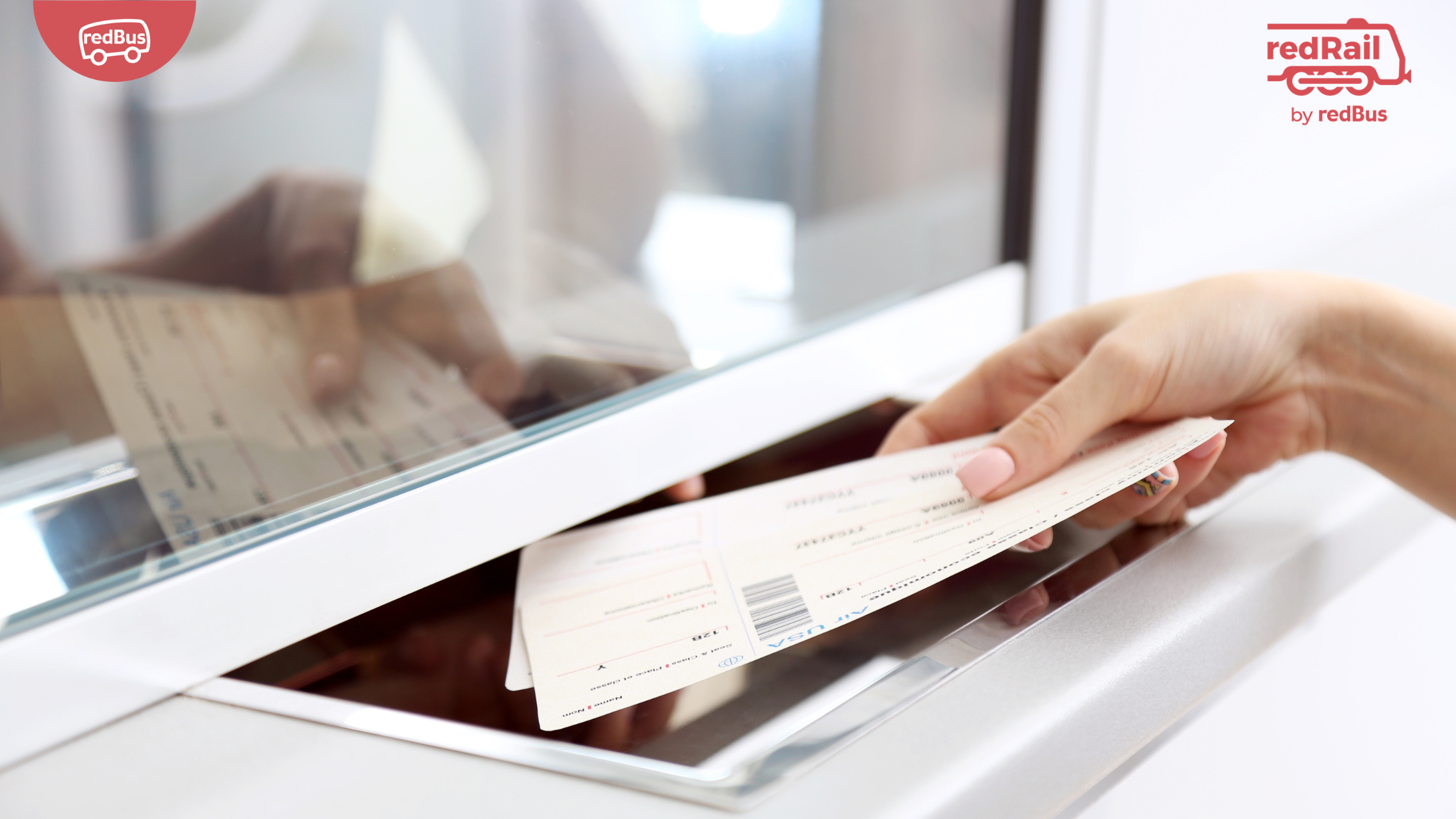Whether the gasoline is utilized for the drive systems, auxiliary systems, or even both, all hydrogen powered trains are classified as “hydrails.” To improve efficiency and decrease the amount of space needed for hydrogen storage, hydrogen cars now tend to be hybrids. These automobiles use renewable power storage, such as battery cells or supercapacitors, in addition to hydrogen fuel. Although in its infancy, hydrail has future uses in trams, lightweight and quick rail transportation, mine railways, commercial and public rail, and freight rail.
What is a Hydrogen Powered Train?
In its simplest form, a hydrogen train is an automobile that burns hydrogen as fuel, either through a hydro internal combustion unit or in a hydrogen fuel cell, which reacts with oxygen.
What is The Process?
The use of hydrogen-based fuel cells, which produce electricity through a chemical reaction involving two electrodes, is where technology today is concentrated, even though it is theoretically possible to power railways with hydrogen using modified combustion engines.
- Advances in fuel cell technology have increased the feasibility of hydrogen-powered cars by decreasing the weight of the cells and increasing their efficiency.
- Fuel cells produce heat and electricity while also generating hydro and chemical energy from hydrogen.
- Despite the energy losses associated with any of these procedures, reports indicate that the effectiveness of transforming electricity to hydrogen and back again is just under 30%, which is approximately comparable to diesel engines but lower than with electric traction that uses overhead power lines.
- This is the opposite of the electrolysis process that has the potential to develop hydrogen fuel. The train is propelled by a motor using the electricity generated by the fuel cells.
- In contrast to conventional gas and diesel, hydrogen generated by electrolysis has no pollutants, while hydrogen created using steam methane reforming still has carbon that is 45% less than those caused by diesel locomotives.
Instance: At Innotrans 2016 in Berlin, Alstrom unveiled the Coradia for the inaugural time. It was the first hydrogen commuter train globally to use hydrogen-based fuel cell tech, releasing no carbon dioxide, and it began operating in Germany in 2018. The renewable power releases only steam and condensed vapour, noise-free train, which runs on a mix of hydrogen fuel and battery power storage.
India’s First Hydrogen Power Train
India will introduce India’s first hydrogen power train in the nation as part of its drive to achieve emission reductions. Ashwini Vaishnaw, the Union Railways minister, announced that India is creating hydrogen powered train services, and they would be available by 2023. According to him-
- India would debut the first-ever hydrogen-powered rail on the next Independence Day.
- The hydrogen-powered rail, which will debut on August 15, 2023, will be India’s next outstanding achievement since it has produced some of the finest railways in the globe.
- A recent study ranked the Vande Bharat Express rails, that is currently being constructed at the Integral Coach Factory in Chennai, among the top five railways in the globe.
- On several factors, this train is superior compared to all other trains. Even though the train is moving at its top speed, a glass of water in the vehicle’s cabin remains intact, signifying steadiness.
- The famous Japanese Bullet train needed 55 seconds to go from static to 100 km/h, whereas the train needed only 52 seconds. The world was impressed by the train’s 180 km/h performance.
- The engineers are creating world-class trains that travel at a good pace and are secure, reliable, and energy efficient.
- One hundred thirty-two district headquarters locations that required railroad links were identified on a satellite map that the administration had also created.
Objectives
- Studies into the security of hydrogen-powered cars have demonstrated that hydrails are safe. According to experts, hydrogen-powered vehicles are safer than cars having ic engines.
- Hydrails only release water and heat as a by-product when operating. Where rail tracks are unpowered, these trains are an excellent substitute for diesel-powered engines.
- Compared to battery-powered electric rails, hydrails are ten times faster and can travel lengths of up to 1000 km in a single refueling. Refueling takes under 20 minutes, which is also quick.
IRCTC Train Ticket Booking
Rather than waiting in line at the ticket booth, IRCTC train ticket booking via redBus is an effortless option. Users may easily login and book an online train ticket. It is the most convenient way to book train tickets.










